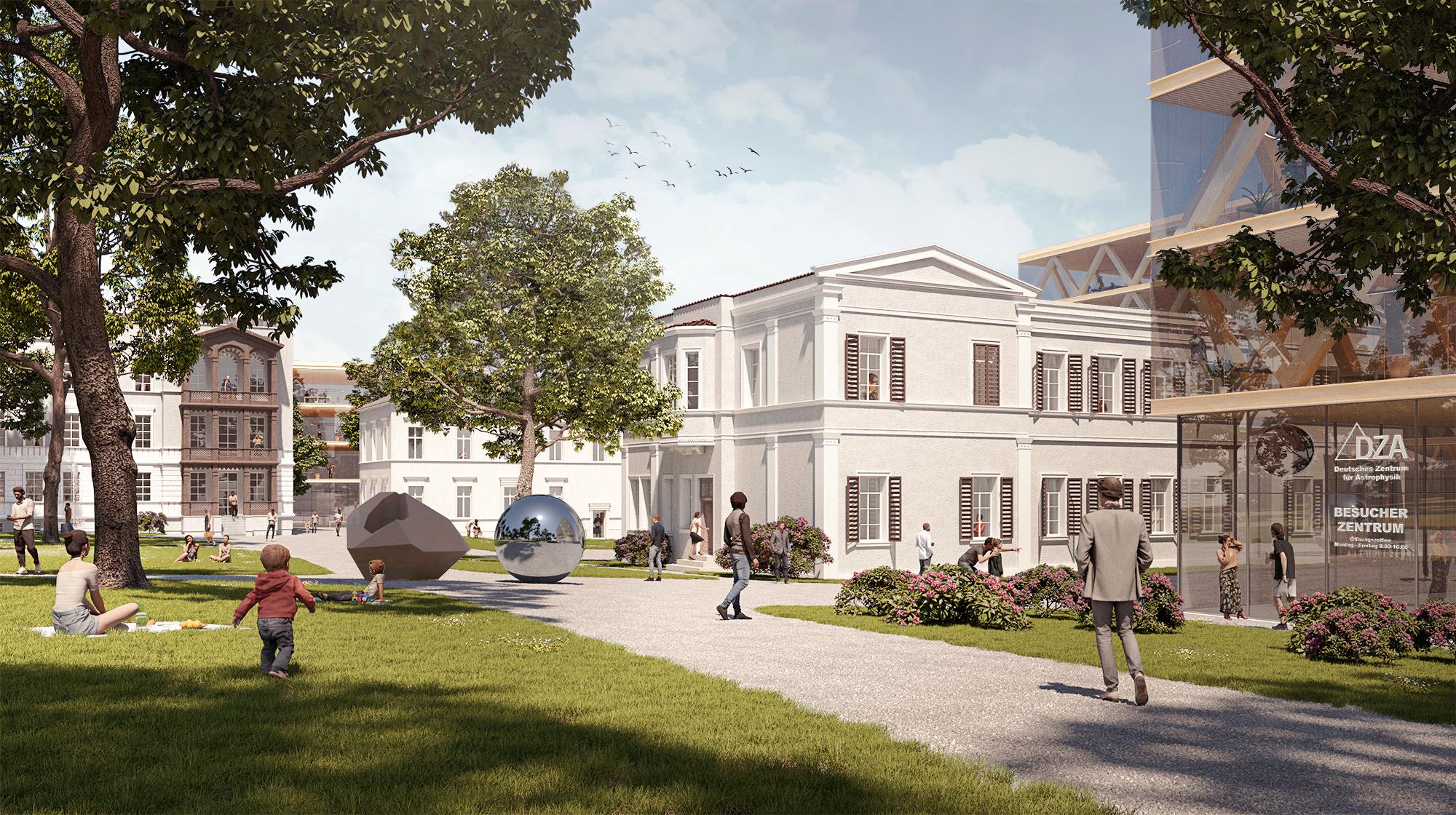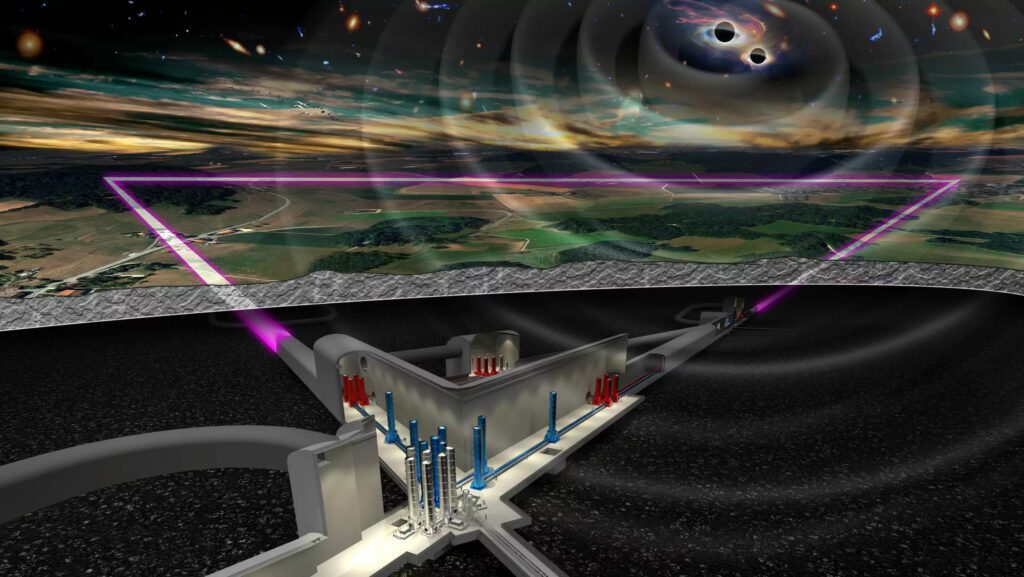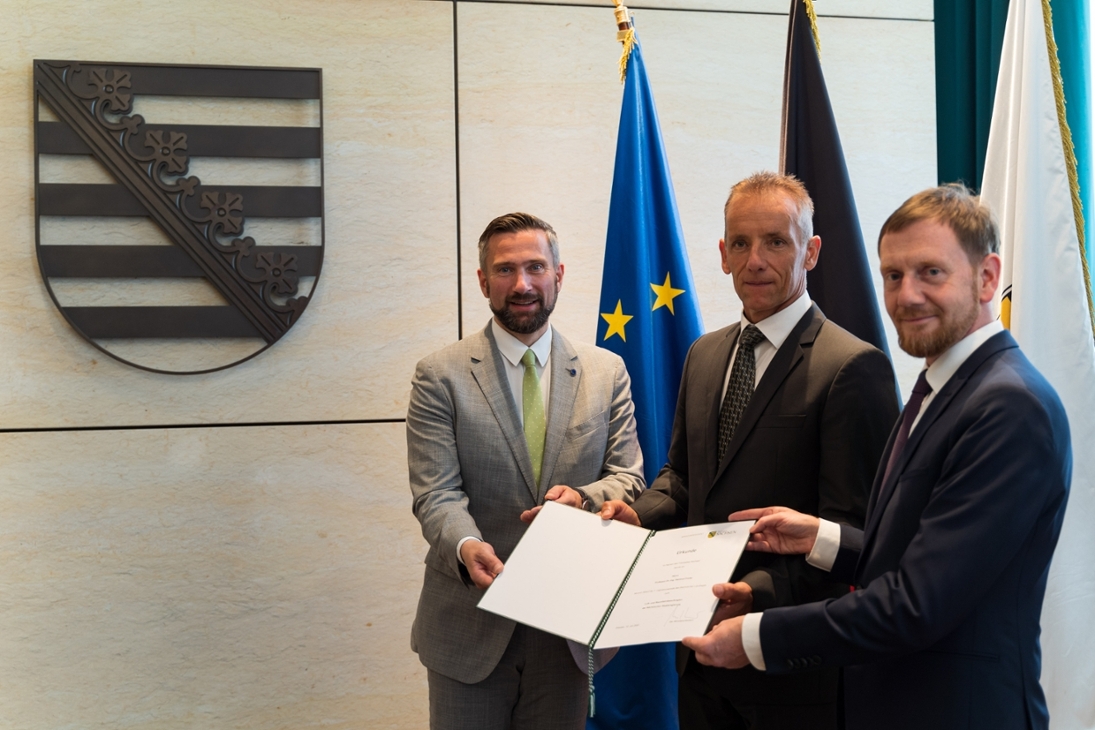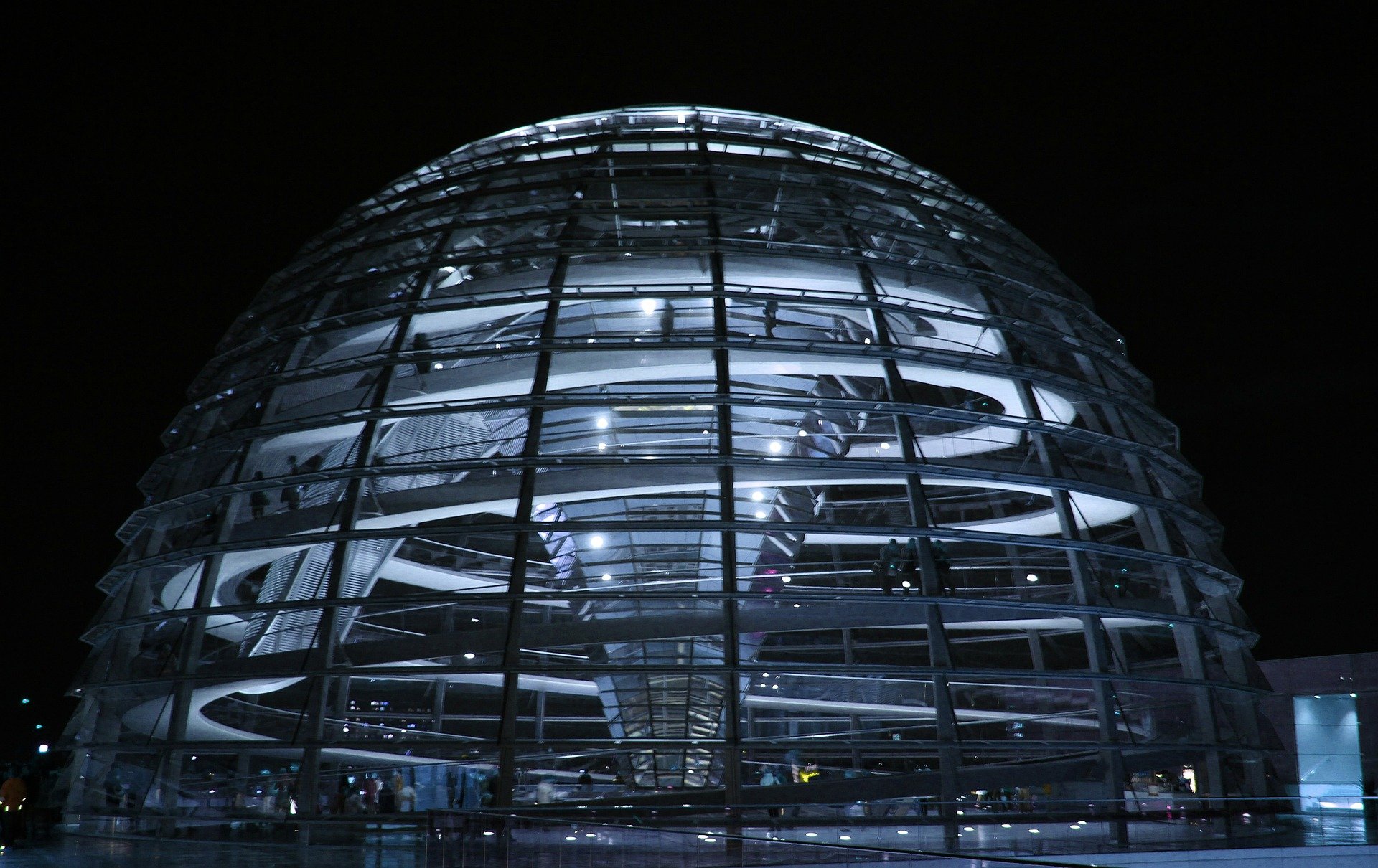
German Center for Astrophysics DZA to come to Upper Lusatia
Published on Fri, 30.09.2022 – 23:53 CEST in R&D, covering DZAThe German Center for Astrophysics DZA is to come to Upper Lusatia
The establishment of the large-scale research center is expected to create up to 4,000 jobs
DZA concept is based on three pillars (1) astronomical research, (2) bundling and processing of data streams, and (3) establishment of a technology center
The DZA wants to propose Eastern Saxony as a site for a gravitational wave detector (Einstein telescope)
The set-up phase of the DZA is three years, only then formal establishment
The concept of the German Center for Astrophysics (DZA) convinced the jury in the competition "Knowledge.creates.perspectives" of the Federal Ministry of Education and Research (BMBF) and is now to be established. The sites of the national large-scale research center are to be built in Görlitz and Bautzen. In addition to 1,000 jobs at the DZA, up to 3,000 jobs are to be created in the surrounding area. This is a glimmer of hope for the region in eastern Saxony, which has been particularly hard hit by structural change.
Since the German government's decision to phase out coal-fired power generation, it has become clear that Saxony's Upper Lusatia region is facing massive structural change. More than 9,000 jobs directly or indirectly related to opencast lignite mining will be eliminated in the coming years. So more than ever, ideas are needed on how to strengthen the business location. In addition to the adoption of the "Structural Strengthening of Coal Regions Act" by the German parliament, the BMBF also launched an ideas competition, for the first funding phase of which six projects were recommended. One of these is the DZA, which is now to be established as a large-scale research center. Following the establishment phase, annual funding of around €170 million is planned for the final expansion stage.
From ESA to DZA
So far, however, the DZA exists only as a concept paper. It was developed by a joint initiative of astronomy and astroparticle physics in Germany. This initiative includes many renowned scientists who are supported by the major German scientific organizations. The leader of the initiative and designated founding director of the DZA is Prof. Dr. Günther Hasinger. The 68-year-old astrophysicist is no stranger to the field, as he is scientific director of the European Space Agency (ESA). While the high-caliber lineup is impressive, this was by no means a guarantee that the contract would be awarded.

After a demanding one-and-a-half-year process in which our concept was put through its paces, we are happy that we can now implement our project. Lusatia in Saxony is an ideal place for this for many reasons. We would like to thank everyone who has supported us up to this point and look forward to further cooperation in the future.
Prof. Dr. Günther Hasinger, Scientific Director ESA & designated Founding Director DZA
Albert Einstein's legacy meets Lusatian granite
One of the many reasons Hasinger mentions is the proximity to the state capital Dresden - and thus to an established high-tech region. The Technical University of Dresden has an international reputation as one of only eleven universities of excellence in Germany. It also has its own institute for aerospace technology. Under the slogan Silicon Saxony, numerous companies in the semiconductor industry also have a location in Dresden. According to the DZA, Saxony's geological characteristics are also a major advantage. The granite rock of Lusatia offers unique seismographic conditions. For this reason, a test drilling was already carried out during the concept phase in the Ralbitz-Rosenthal community (between Dresden and Bautzen). According to the DZA, the Low Seismic Lab - an underground research laboratory - is to be established here. The fact that Lusatia is to be proposed as the location for the Einstein telescope also shows how great the ambitions are. At best, the merging of black holes could then be detected in eastern Saxony.

© NIKHEF
The three conceptual pillars of DZA
The concept of the DZA submitted in the competition rests on three pillars. Top-level astronomical research is to cover the entire electromagnetic spectrum up to gravitational waves. While the focus in the initial phase is on radio and gravitational wave astronomy, the DZA intends to deal with all astronomical data in the long term.
Another pillar is the bundling and processing of data streams from all over the world. This explicitly includes data coming from future telescopes such as the Square Kilometre Array Observatory (SKAO, completion planned for 2029) and the Einstein Telescope (location decision 2024/25). It is expected that these telescopes will create a "data tsunami" that the DZA aims to tame. As a side effect, it is hoped to accelerate digitization in Germany.
The third and final pillar of the German Center for Astrophysics is to be a technology center. Among other things, new semiconductor sensors, silicon optics and control techniques for observatories are to be developed here. If everything goes as planned, further jobs are to be created on site in the future through spin-offs.
What happens next
The decision for the German Center for Astrophysics as a large-scale research center has been made. The locations will then be in Görlitz as well as in the district of Bautzen. As cooperation partners, the DZA is supported by universities, companies in technology development and data processing. More than 50 - mostly small and medium-sized - companies have also supported the DZA initiative. However, it will be some time before the center opens: The funding provides for a three-year set-up phase before the center can be formally established. During this period, the TU Dresden will assume project leadership.
By the way...
[Comment M. Weissflog] Establishing the DZA in eastern Saxony is an opportunity for Upper Lusatia. Even if the Free State has not necessarily been known as a space location so far, there is a certain tradition here that can be looked back on. But it is precisely in this permanent looking back that one of Saxony's biggest problems also lies: the sometimes lacking vision for the future. In view of the current energy crisis, calls for a return to coal-fired power generation are growing louder - and are also coming from the ranks of top politicians. The fact that they now want to establish a large-scale research center with a clear link to space research where huge excavators are currently still digging through the landscape gives hope.
Because it is already clear today that simply filling the craters left behind with water and creating another lake landscape as a tourist highlight will not be enough. Neither will attracting scientists from all over the world to a region that is otherwise cut off, where they then remain only among themselves. Rather, it will take the will of all involved to develop the DZA into a center in the midst of society. As a place where the exciting journey into the future begins and to which everyone is allowed to come along. The goal must be that as many people as possible benefit from the decision for a German Center for Astrophysics for as long as possible. Then, and only then, is the DZA not only an opportunity for Upper Lusatia, but for all of humanity.


